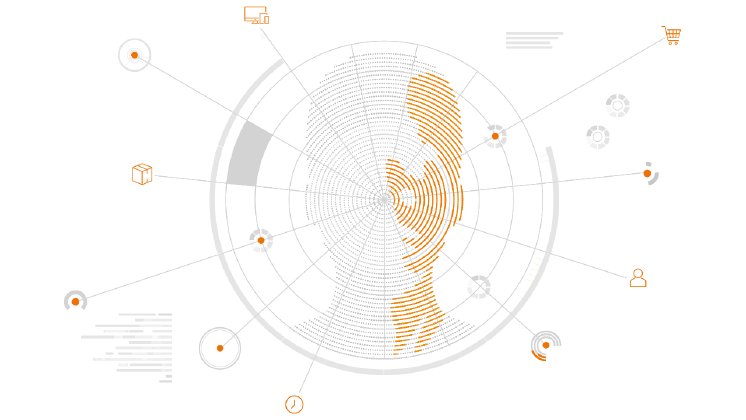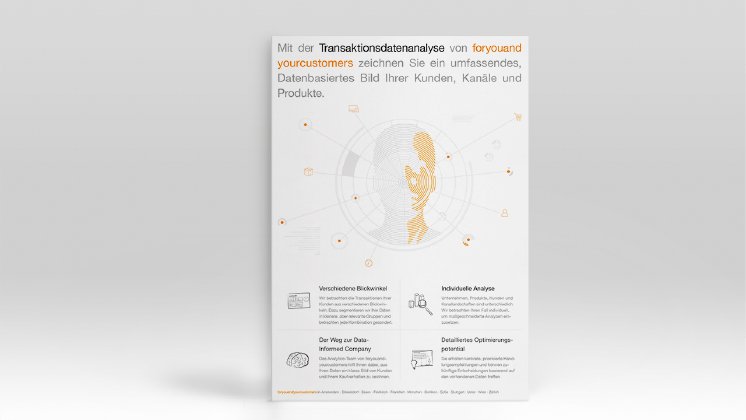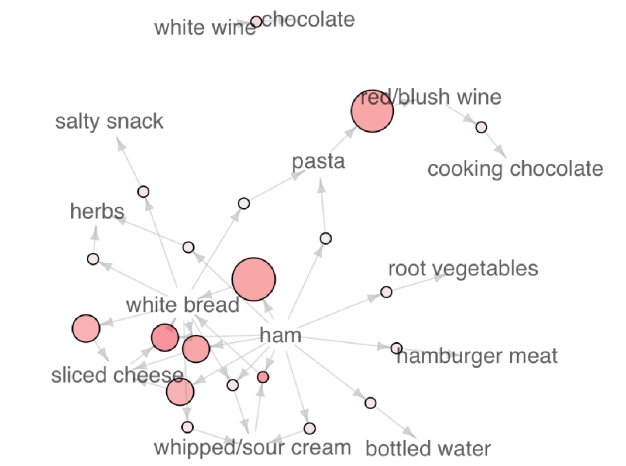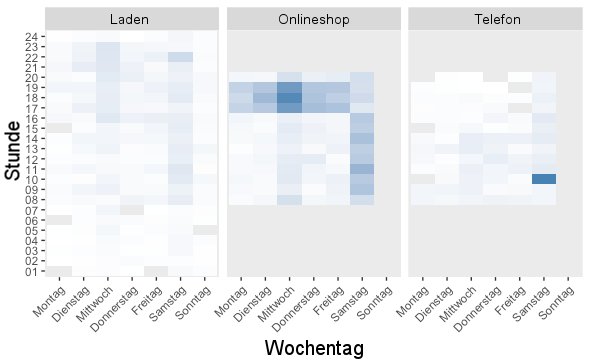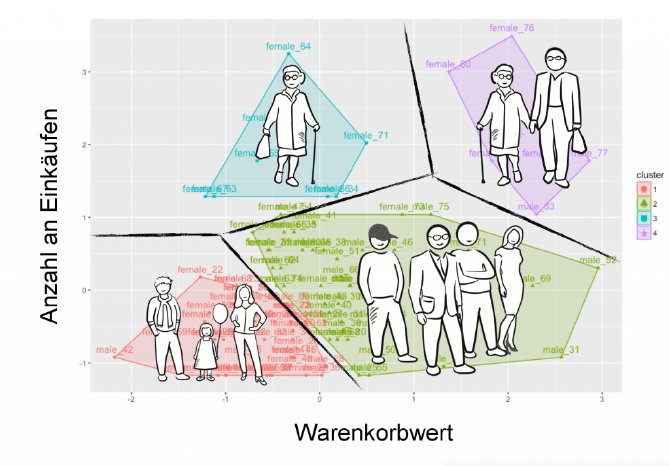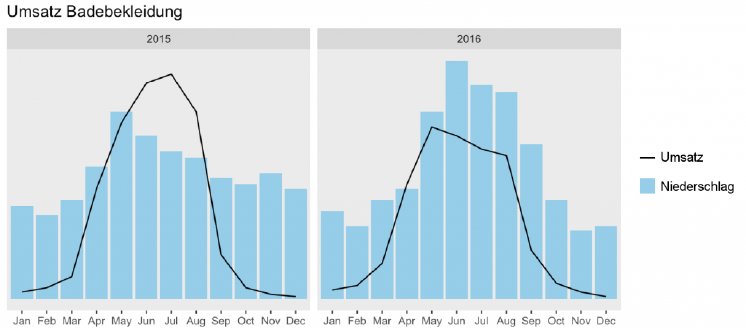Lots of transactions, lots of information
Every time a customer purchases a product, they leave behind a trail of breadcrumbs. They show us as a company what they like, when they like it and what price they are willing to pay for it. Just these three identifiers – item, time and price – provide countless opportunities for dissection and interpretation through transaction data analysis. It is possible to quantify what items (or item categories) are especially popular at what time, on what date or on what day of the week. If the price changes, it is possible to calculate the average and the variance and therefore get a good idea of the item’s market value. Or you can use shopping cart analyses to identify items that are often purchased together: red wine, cheese and baguettes for a cosy night in for two, or throat lozenges and tea right as winter comes knocking.
A shopping cart analysis can determine more than just which items are purchased most often or which items are frequently purchased together; it can also identify which item groups are rarely purchased together. This knowledge can then be used to avoid offering incompatible products in marketing campaigns. If a company now operates multiple sales channels, such as an online shop and tradition retail outlets, for example, it is almost a necessity to segment the transaction data further and analyse it with this in mind. After all, the data often shows that not all channels are alike when it comes to item groups and quantities purchased, shopping cart totals and order times. It’s obvious that this also calls for each channel to be optimised individually, in order to offer the customer as pleasant a shopping experience as possible.
Enhancing transaction data
One of the benefits of transaction data is that it is usually not independent of other data sources. As such, transactions can be enhanced with other internal (e.g. customer data, payment methods) or external (e.g. Google Analytics or Facebook) own data or even third-party data (e.g. weather data).
When do customers buy and what channels do they use? Breaking down purchasing behaviour into time segments provides insight into the combined efficiency of multichannel companies. If you use customer data, for example, to enhance transaction data with demographic factors such as age, gender and location, the span of questions increases exponentially. By clustering different metrics (e.g. number of purchases and shopping cart total) over dimensions (e.g. age and gender of the purchaser), you can automatically categorise your customers. The result is data-based grouping of customers who have similar behaviour. This grouping is enhanced with qualitative information, allowing for data to be transferred to a persona.
Another example is cohort analysis, which can be run using this enhanced data. In this conventional approach, segments such as repeat purchasers and non-repeat purchasers are compared, and the former is investigated to determine which categories are preferred, to identify purchasing cycles and to calculate metrics like the life time value. Returning customers say a lot about your company: why do customers come back, and how often? What behaviour do they exhibit and what lessons can you take from this, in order to increase the number of repeat purchasers? If you also use this information to further define your customer segments, you quickly get a detailed idea of what motivates the groups. Transactions enhanced with customer data allow for data-based personas to be created in order to identify customer groups and quantify their demography and purchasing behaviour. The use of external data such as data from Facebook or third-party data such as weather data, on the other hand, allows for external factors to be attributed to purchasing behaviour. Not only can the effect of discreet events (e.g. the impact of a Facebook marketing campaign on visitor numbers and sales) be measured, but also, of course, multi-dimensional observations of unchangeable circumstances.
So while a fashion retailer naturally has an internal calendar (e.g. summer and winter collections), the purchasing behaviour of its customers is also based on external factors like the weather (e.g. a cold, rainy summer) that do not adapt to the retailer’s plan. Combining these data sources and dimensions and putting them in relation to each other can be challenging, but they reveal a lot about the traces that your customers leave behind when they visit you.
The potential of transaction data analysis
Analysing transaction data takes statistical analysis using KPIs one step further to flexible, data-based question and answer interactions. What internal and external factors affect sales? What starting points for grouping products, customers or behaviours can be identified? How can you combine these areas and use the insights gained? The data is as far-reaching as the analyses that can be drawn up for it.
And for our customers’ customers, this means one thing in particular: they are seen as individuals and assisted in doing what they set out to do. This aid may take the form of creating group-based recommendations, but also of showing the customer product categories that may not have previously come to the customer’s mind. Identifying connections between item groups helps both our customers and our customers’ customers: coupons for items that are often purchased together provide a buying incentive and also save the purchaser money.
In the ideal situation, these approaches are combined: offering an interested customer an incentive that presents a broader product range tailored to their interests and therefore increases the likelihood of repeat purchases builds the basis for a successful, long-term relationship.
Another important aim of this data analysis is of course internal optimisation: what combination of customer groups and business areas is worth investing in and where would investment not be wise? What customer groups should we target and which transversal or vertical crossovers can we use to bolster customer loyalty? Analysing transaction data, especially transaction data enhanced with customer data, allows for lots of starting points to be identified that would otherwise remain hidden. Let’s look at your data together and examine the behaviour of your customers to create a pleasant shopping experience for both sides.
Interested?
You can find more information on our product sheet and we would be pleased to discuss it with you in person as well.
Note: all of the data shown is for illustrative purposes only and does not necessarily reflect real existing data.
